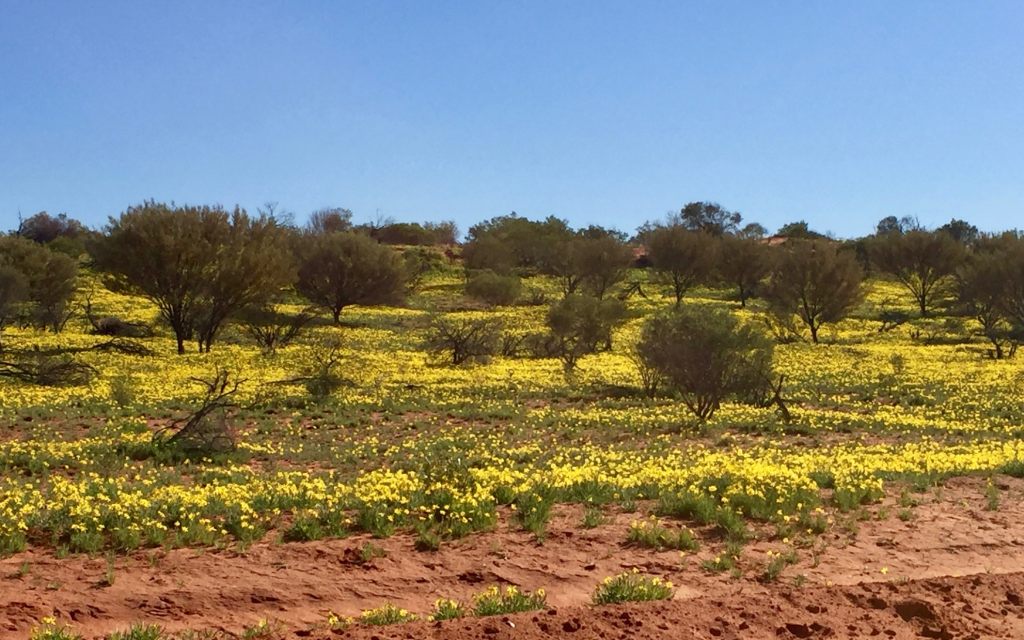Carbon credits provide stable income for Cobar graziers

You can’t see it, you can’t smell it and you definitely can’t eat it. But the government will pay you good money for it. Approximately 60 graziers in the Cobar district are currently selling carbon credits to the Australian Government.
Landholders generate credits by conserving and managing vegetation on their property. Trees and plants sequester carbon dioxide, effectively removing it from the atmosphere. Under the current scheme, the government purchases accredited Australian Carbon Credit Units (ACCUs) to meet its international obligations. The current average price paid per tonne by the auction is $AU1.82. Prior to the government auction, project participants could sell their ACCUs to some of the biggest CO2 emitters allowing those companies to offset their fossil fuel emissions.
It’s been a life changing development for landholders in western NSW who own vast tracts of semi-arid land. Cobar grazier Peter Yench was able to secure a lucrative contract to forward sell over 600,000 tonnes of carbon credits over the next 10 years. He has a 7,000 ha block on his property Bulgoo Station, which sequesters over 60,000 tonnes of carbon annually.
“They pay us to protect the environment and trees,” he says. “It’s land that I would never be able to do much with, in places it’s ridgy and covered in Mulga scrub. I’d still make a bit of money out of that land by running goats, but no-where near as much.”
Carbon farming and natural resource management firm, Green Collar, measure the carbon sequestration of Peter’s land, manage the project life cycle and facilitate the sale of the carbon credits on his behalf.
“Our first lot of carbon storage was sold to BP Asia, that was before the government took over and decided to buy it all themselves and auction the credits,” he explains. “The big companies paid twice what the government will pay but it’s still very lucrative for us to get this money.”
Peter must keep fences maintained, control feral animal populations, keep fire breaks in order and manage the fuel load to prevent bush fires. He says it’s well worth it considering the property improvements he’s been able to fund since the scheme commenced.
“That payment comes through once a year, Green Collar come out every quarter and do inspections,” he says. “They check firebreaks and count vermin to make sure the populations are not increasing. We just put the money back into the place. I’ve got good roads, good fences, good water - I’ve done a lot of water spreading to prevent erosion. These are all things I couldn’t have done before because the money wasn’t there. Right now I’ve got three blokes working here and I wouldn’t have been able to afford them without the carbon money. We’re also producing 6,000 lambs and 3,000 goats per year. So it’s a good industry for the town and for the country.”
in Latest News
Share this post
Posts this year
- October 2024 (1)
- September 2024 (1)
- August 2024 (1)
- November 2023 (1)
- June 2023 (1)
- February 2023 (2)
- November 2022 (1)
- October 2022 (1)
- July 2022 (2)
- June 2022 (1)
Archived Posts
- Posts in 2023
- Posts in 2022
- Posts in 2021
- Posts in 2020
- Posts in 2019
- Posts in 2018
- Posts in 2017
- Posts in 2016